Engineers from Day One
A place of belonging
Welcome new ASU Engineering Sun Devils! At Arizona State University, we recognize that engineering is much more than numbers and technological know-how. It’s about people and having the interest, joy, and persistence to pursue engineering from an early age.
Are you a newly admitted and enrolled Fulton Schools of Engineering first-year full-time freshman? Learn about how to build your engineering future.
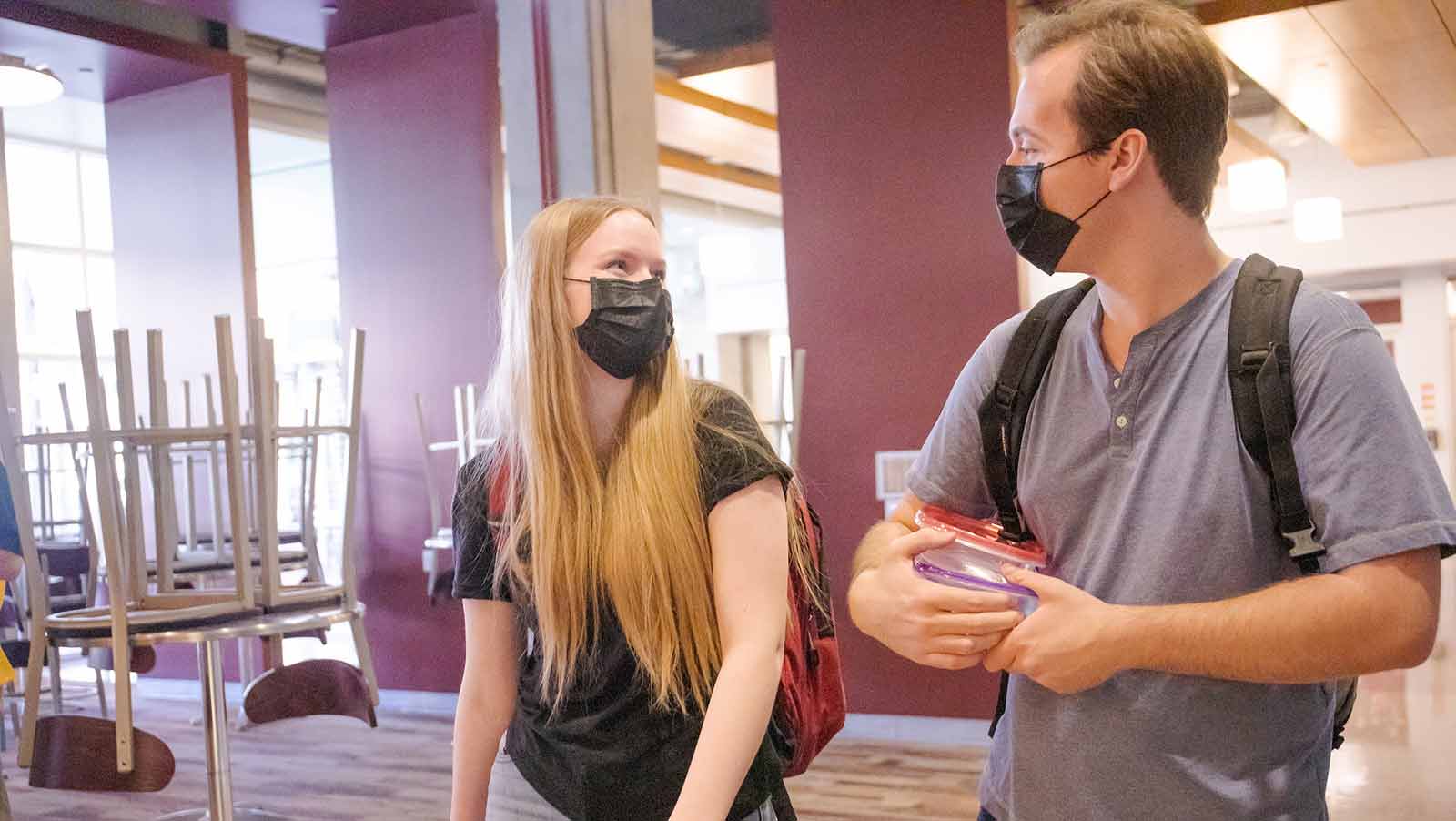

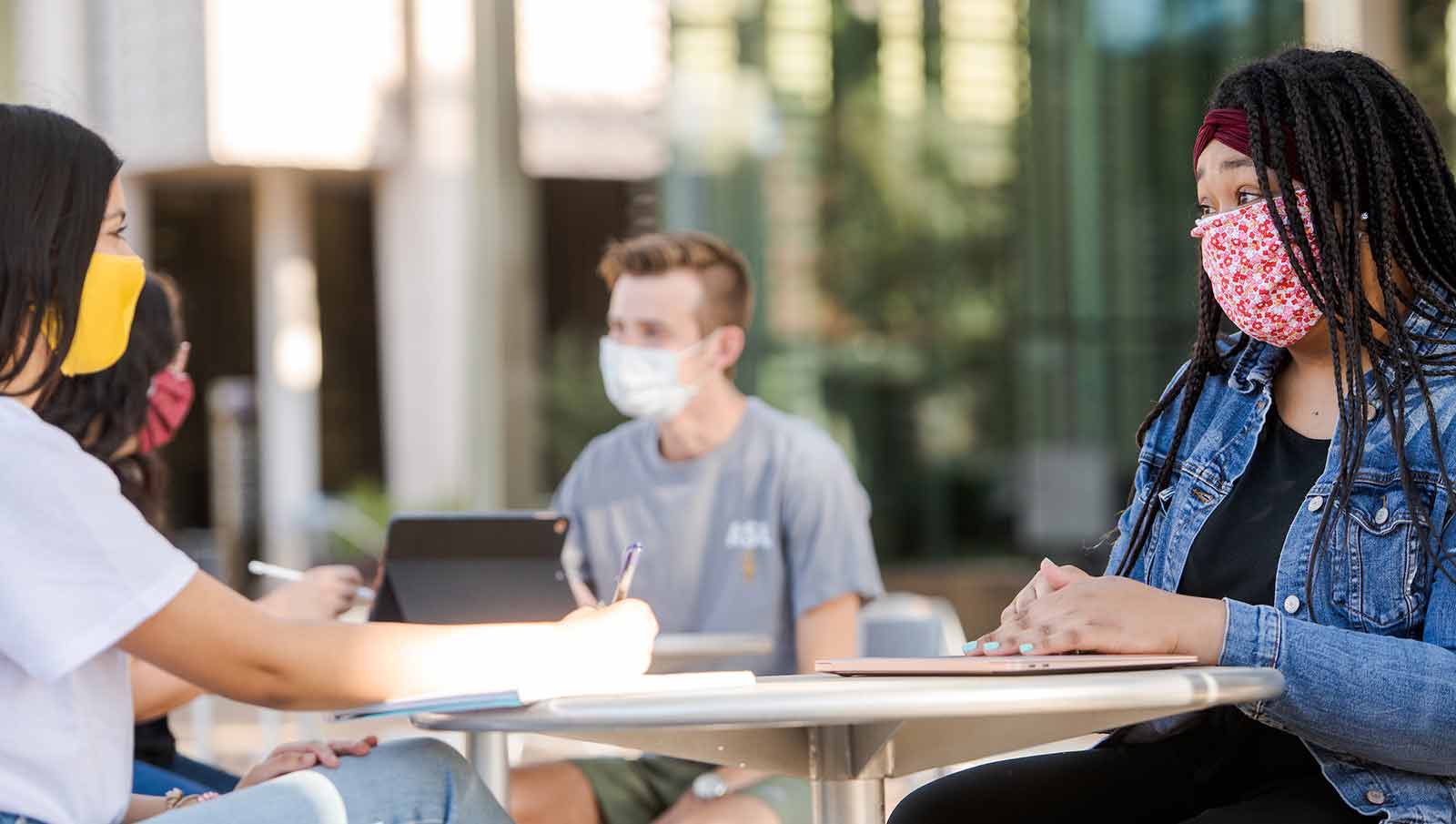
Undergraduate Students
A key aspect of becoming an engineer is to develop your engineering identity. Engineering identity is a professional identity that students author for themselves through their journey of becoming an engineer. This happens through their experiences in an engineering community of practice by “doing engineering”, and through “discourse” students use to identify themselves as engineers while working with and along peers, near peers, faculty, staff, and professionals.
Engineering identity is not only developed as you engage in your engineering coursework to build foundational knowledge, but also as you engage in co-curricular and extra-curricular experiences. In order to build engineering identity, you need to:
- Successfully navigate the engineering degree—Interact with engineering students who are near peers to understand your degree, what it means to be an engineering student, and how to manage your time, study and be successful in coursework.
- Do engineering—Apply engineering practices both inside and outside the engineering classroom.
- Learn about the engineering profession—Interact with engineering professionals and make site visits to engineering workplaces to understand the life of an engineer.
- Actively build your engineering expertise—Build a sense of belonging with the engineering profession and other engineers by taking advantage of the experiential opportunities at FSE (e.g., Hack-a-thons offered by Devils Invent, Engineering Projects in Community Service, Undergraduate Teaching Assistant/ Section Leader, Grand Challenges Scholars Program, Peer Tutor, etc).
First-Time Full-Time First-Year students
Congratulations! Welcome to the Ira A. Fulton Schools of Engineering at Arizona State University! You are an achiever who has made an important decision to pursue engineering. Going to college is a big accomplishment! If you have any doubts or challenges about how to navigate your engineering experience, you are not alone.
Join a community of engineers
Apply to the Engineering Futures Mentoring Program
The Engineering Futures Mentoring Program is for first-generation-students-to-university entering a Fulton Engineering undergraduate degree program in the Fall 2023 semester as a first-time full-time freshman. This mentoring program will pair you with a like-major (as much as possible!) engineering student who is a junior, senior, or 4+1 student.
Engineering Futures (FSE) Program and Scholarship
The Engineering Futures (FSE) Program is for first-generation-students-to-university and those with unmet financial need entering a Fulton Engineering undergraduate degree program in the Fall 2023 semester as a first-time full-time freshman. This is both a scholarship award to meet your unmet financial need and also a self-efficacy support network program. You will be in a cohort of Engineering Futures Scholars for all four-years of your degree program. Applications for the Fall 2023 scholarship program are now closed. Look for the Fall 2024 applications in May 2024.
Current students: Get Involved!
Actively work to build a sense of belonging with engineers and engineering. Join a Fulton Student Organization (FSO) or an ASU Student Organization. Build affinity with other like minded students.
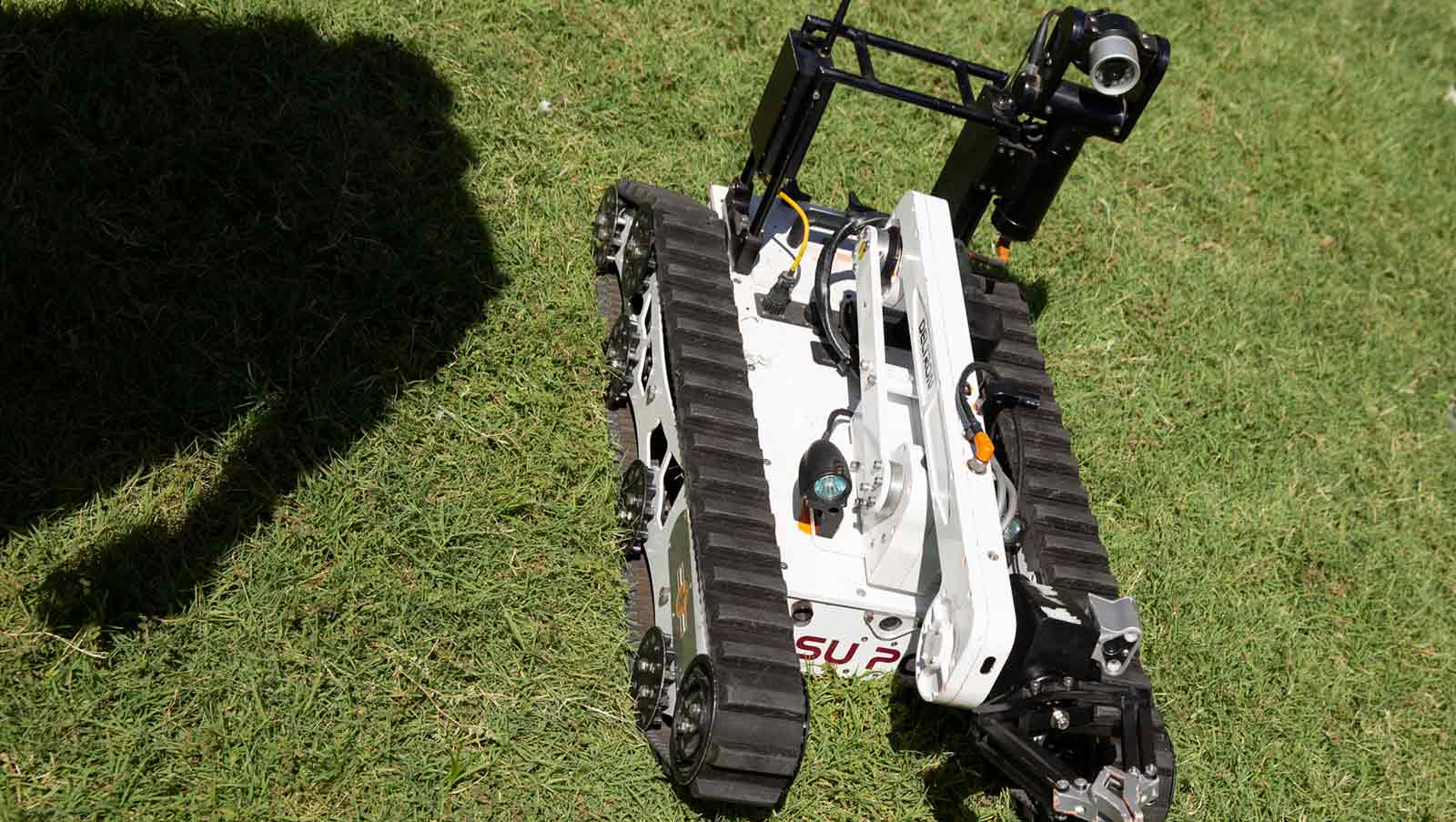
Fulton student organizations
Fulton student organizations are a great way to get involved in engineering outside the classroom. These organizations help you to gain practical skills and prepare you for your first job. There are organizations for all kinds of engineering majors and backgrounds.
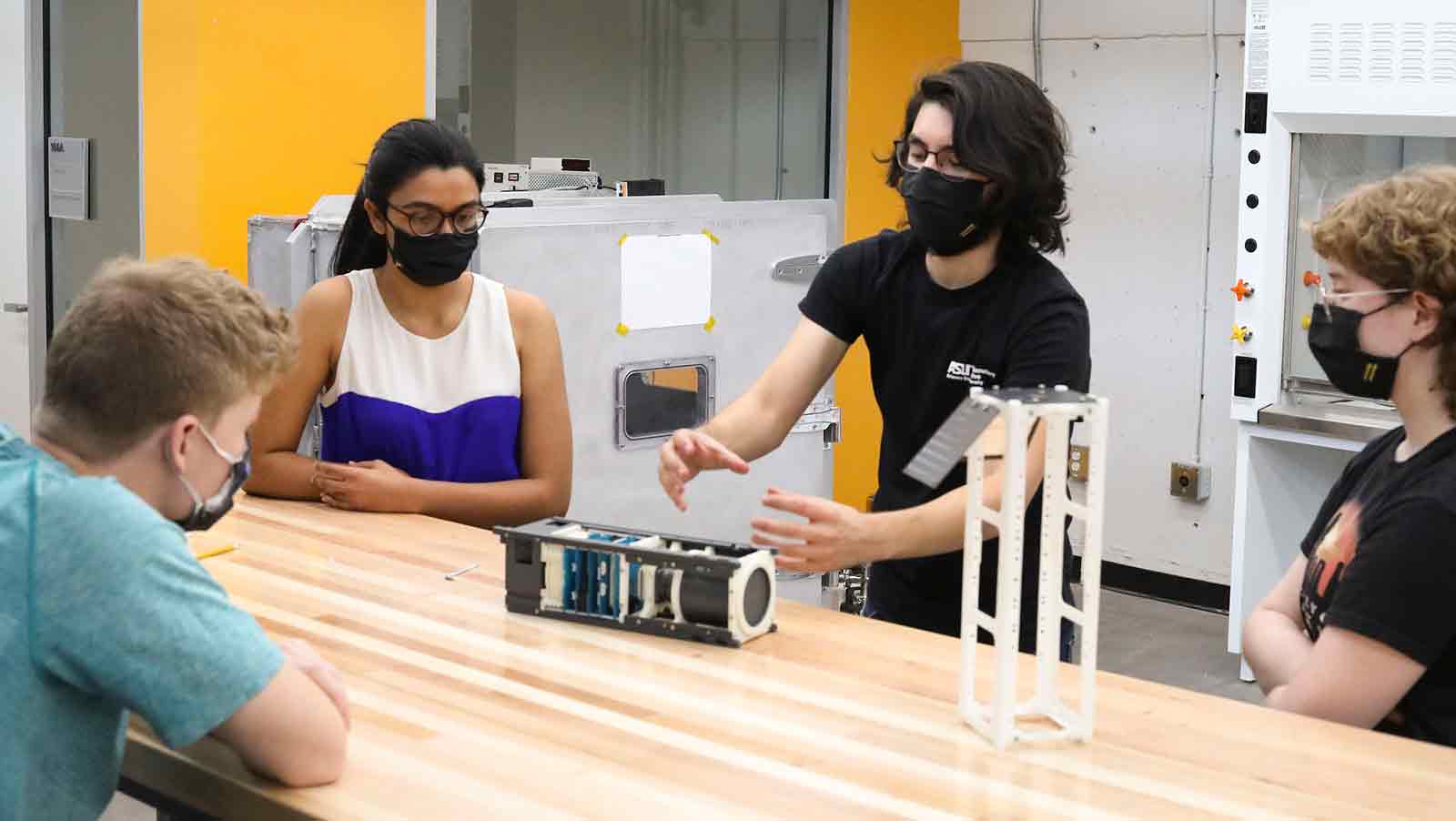
ASU student organizations
More than 1,000 student clubs and organizations provide an opportunity for every student to become involved at ASU.
Tutoring Center hours and location
Establish a weekly schedule for studying. Join a study group or better, form your own study group. Make use of the peer tutoring services in Engineering and at ASU. They are free!
Engineering Tutoring Center at ECF: ECF 102 [map]
CIDSE Tutoring Center: CTRPT 114 [map]
Engineering tutoring at The Polytechnic campus:
- Visit the USAP website for in-person tutoring options.
Get more than a degree!
Invest in your future. Becoming an engineer is not merely about completing engineering coursework and earning your bachelor’s degree. In order to be successful in your career, you need more than coursework. Experiential opportunities are essential aspects of your experience. The Fulton Schools offer a range of opportunities that allow you to customize your experience.
Future students
It’s never too early to start your engineering journey. Whether you are just beginning your education or you are a senior in high school, the best time to get involved is right now. Learn which courses to take to prepare you for college and read about engineering-centered events that will give you hands-on experience.
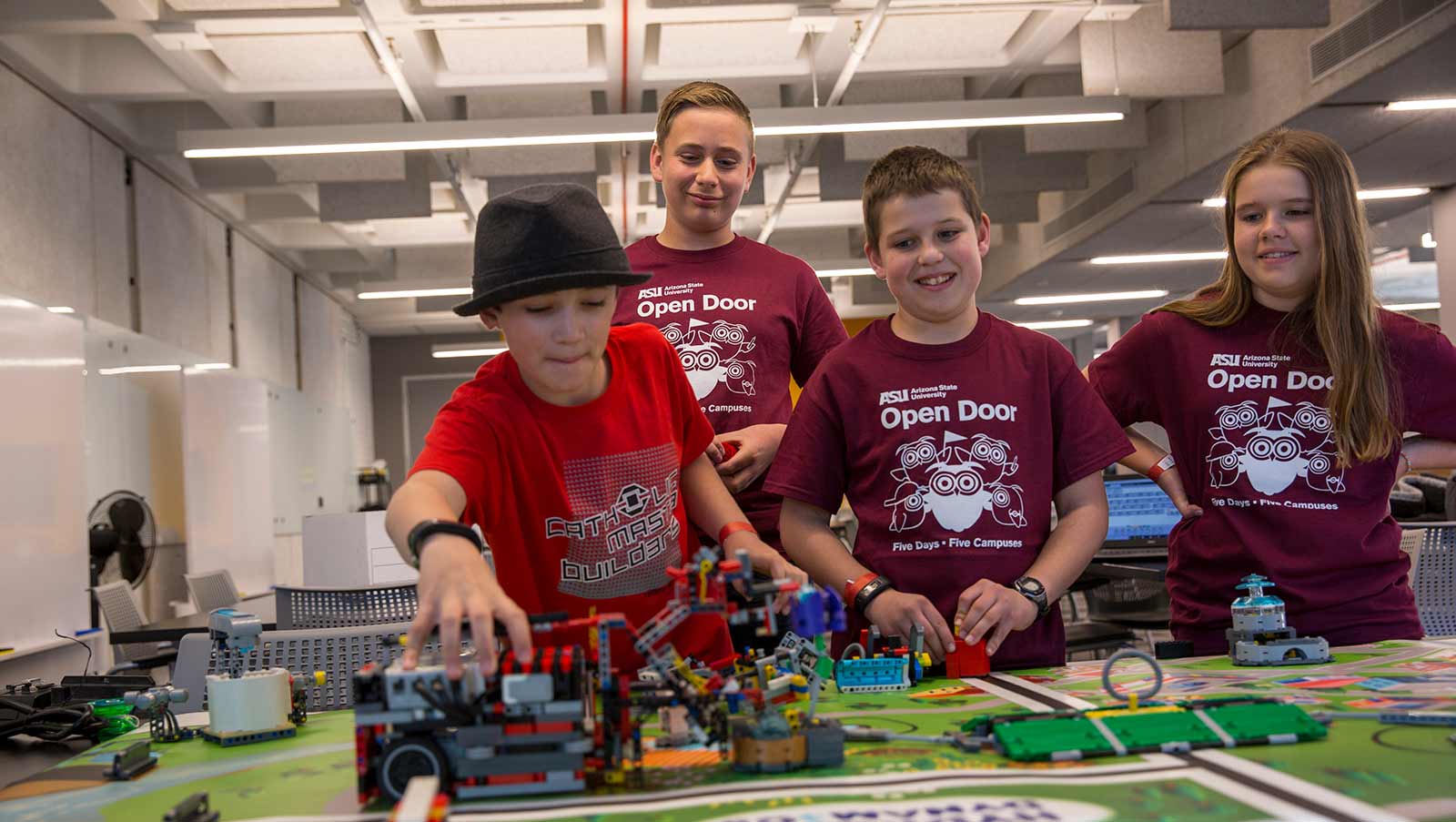
Program leads
Contact via [email protected]
Kyle Squires, PhD
Professor and Dean
James Collofello, PhD
Professor and Vice Dean, Academic and Student Affairs
Tirupalavanam Ganesh, PhD
Tooker Professor and Assistant Dean, Engineering Education
Robin Hammond
Director, Fulton Engineering Career Center
This material is based upon work supported by the National Science Foundation under Grant No. 1744539. Any opinions, findings, and conclusions or recommendations expressed in this material are those of the author(s) and do not necessarily reflect the views of the National Science Foundation.
